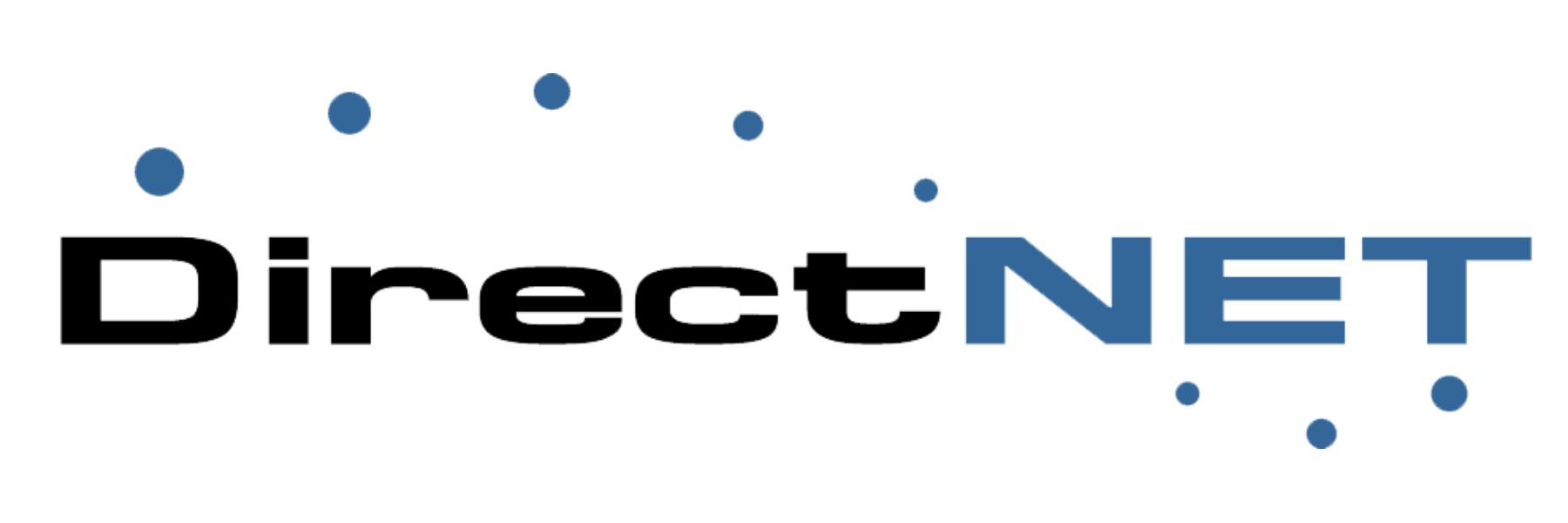Capacity Planning is an essential aspect to creating, expanding, or optimizing a Data Center
Capacity planning is an essential aspect to creating, expanding, or optimizing a Data Center. There are five main factors that you need to consider when performing capacity planning. Below is a discussion of some of the trends within these areas that will help you get your Data Center on the track to using industry-leading best practices.
1. Current and Future IT Functions
Data Centers are increasingly seen as profit centers for organizations. The right physical infrastructure (sized to accommodate future growth) tremendously increases administrators’ abilities to serve their organizations and meet business objectives, as it provides the flexibility to rapidly respond to changing priorities and requirements, including adding, upgrading, or consolidating IT equipment. Although it may seem obvious, when beginning the capacity planning process, it is crucial to take stock of the basics, including your organization’s current and future number of IT personnel and the functions that they will be expected to carry out. For asset management purposes, you should also take inventory of your current equipment, including legacy hardware you will need to support, and consider what future equipment you will need (both in the short-term and long-term) to support IT functions. It is important to consider your organization’s overall future return on investment on equipment and labor costs.
2. Current and Future Power Consumption
Power is one of the most vital Data Center planning considerations. After assessing current power consumption, you must take into account your future needs, including whether you will support remote servers. You will also need to plan for any future blade centers and determine how you will use shared or dedicated hardware with VMware or other virtualization software. You will also want to consider developments in Data Center power management. The use of 220V power in Data Centers is increasing, as 220V power decreases the amperage draw of a specific device, enabling a higher density per strip. The use of 3-Phase power is also becoming more common, particularly for power-intensive blade centers. Compared to Single-Phase power, 3-Phase power uses fewer circuits and provides a more balanced power load. Since 3-Phase power significantly increases available amperage into the server rack, it reduces the overall number of PDUs needed to power equipment.
Modeling and analysis tools are available to help test anticipated loads and analyze historical usage trends to predict future power consumption. Also consider redundant, back-up power equipment to reduce potential downtime if equipment failure occurs.
3. Cooling
After assessing your current and future power needs, you must select effective cooling equipment to mitigate the heat load generated by your current and projected servers. There are two main approaches to Data Center Cooling: ambient air cooling and liquid cooling. Administrators are increasingly using liquid cooling as an alternative to ambient air cooling; as it is often more efficient and effective at managing the head loads created by blade centers and other means of virtualization, and can eliminate the need to construct an expensive raised Data Center floor.
4. Rack Optimization
When selecting a server rack, consider intelligent and space-efficient design features that various rack models offer, including frame profile and capacity for increased packing density, and shelving and drawer configuration. Use blanking panels for air flow efficiency and select a rack with built-in channels for better cable management and improved air flow. To fully optimize space, the use of universal intelligent design racks can help you squeeze the most usable space out of your footprint.
5. IT Resource Management
Both network access and physical security are crucial when considering server and device management. Remote enterprise server management solutions can be integrated with your existing methods of authentication. Supported methods include LDAP, Active Directory, RADIUS or TACACS+, and allow administrators to leverage existing users and groups when assigning permits within the system. Local solutions can also leverage external or internal authentication, giving you secure access at the rack or user control console.
For physical Data Center security, environmental monitoring devices that feature docked camera pods/sensor pods and/or CCTV allow you to continuously visually monitor equipment remotely. In addition, environmental monitoring appliances allow you to monitor intrusion, and include contact closure sensors that notify you when an equipment cabinet has been opened. They also alert you to Data Center hazards such as extreme heat, power spikes, and water leaks. Additionally, many server racks have locking mechanisms, which can help provide an added measure of security.




